In September 2018’s blog I went over how PSPs data collection made it possible for us to implement a chargeback process for all of the products and services we offer to our institutional customers. By moving to a chargeback system, we can now capture printing charges to cover the cost of our operation.
Accountability with Chargebacks
This new chargeback process assures fiscal accountability as customers now have to ensure there is enough money in their account to pay for their job before an order is placed. Customers also receive alerts including job costs when the job is completed. The new chargeback system also eliminates loop holes that allowed customers to submit multiple orders (i.e. 5 duplicate jobs of 500 black and white copies) of the same job in order to be under the chargeable limit (black and white copies >500 was chargeable), thus leaving Campus Graphics to foot the production costs for their printing.
In system architecture, the term “friction” is used in order to describe any activity that removes energy from the system. We realized that we would be inserting intentional and unintentional friction in our workflow by implementing the chargeback process. We inserted intentional friction by intentionally causing customers to pause and ask themselves “Do I really need the work printed or can it be posted online?” Or, “Can the print quantities be reduced?” We inserted unintentional friction as some users opt out of submitting work to us by printing their work on their department copiers at a much higher cost-per-click than what we would have charged.
Documenting Change
We knew when we went with 100% chargebacks that print quantities would go down because of intentional friction, we just did not know how much. Now we do, as four months in to this fiscal year we are experiencing a 20% average decline in black and white copies. I will need to analyze the quarterly click charges on the college’s department copiers to determine how much impact (if any) unintentional friction has on the decrease in black and white copies; however, regardless of a “cause”, we are facing a decrease in black and white copy demand. On the other hand, color printing is consistently growing and we are consistently realizing double digit growth in our wide format products.
This has forced us to review our production resources to respond to what we need to do in order to meet the voice of the customer- which is less demand for black and white copies and more demand for wide format printing. Questions that we are currently asking ourselves are:
- Do we really need two high speed toner based copiers, or can we do with just one?
- What equipment should we invest in that will position us to meet future demand?
- Should we start migrating from toner-based to inkjet equipment?
- What else should we change in order to meet the new demand for products and services?
If you are like me, you might be a bit skeptical of change, as I was this year when we mothballed our offset presses because of low demand. Now I see more changes need to be made to our digital workflow.
Like a well-lit mirror, the voice of the customer can be brutally honest and show you more than you want to see. Those who are managing for quality choose to listen to the voice of the customer, which is exactly what we are planning on doing.

Gordon Rivera
Gordon Rivera has over 20 years of experience working in an in-plant print shop. He is currently Supervisor of Campus Graphics at Allan Hancock College in Santa Maria, California. He received his degree in Graphic Communications from Cal Poly, San Luis Obispo. He is a certified Lean Six Sigma Black Belt as well as a G7 certified print professional. He is a contributing writer for In-Plant Graphics Magazine. Gordon has been teaching evening classes in Graphic Communication at Cal Poly for 10+ years. Gordon has been a Print Shop Pro® User since 2008.


Recent Comments